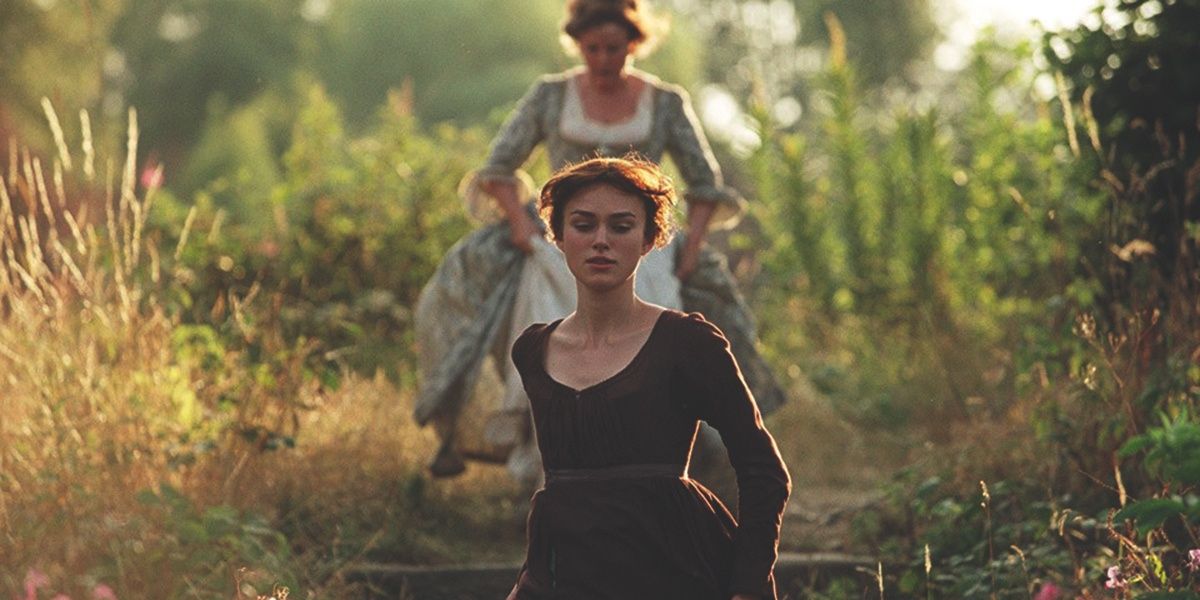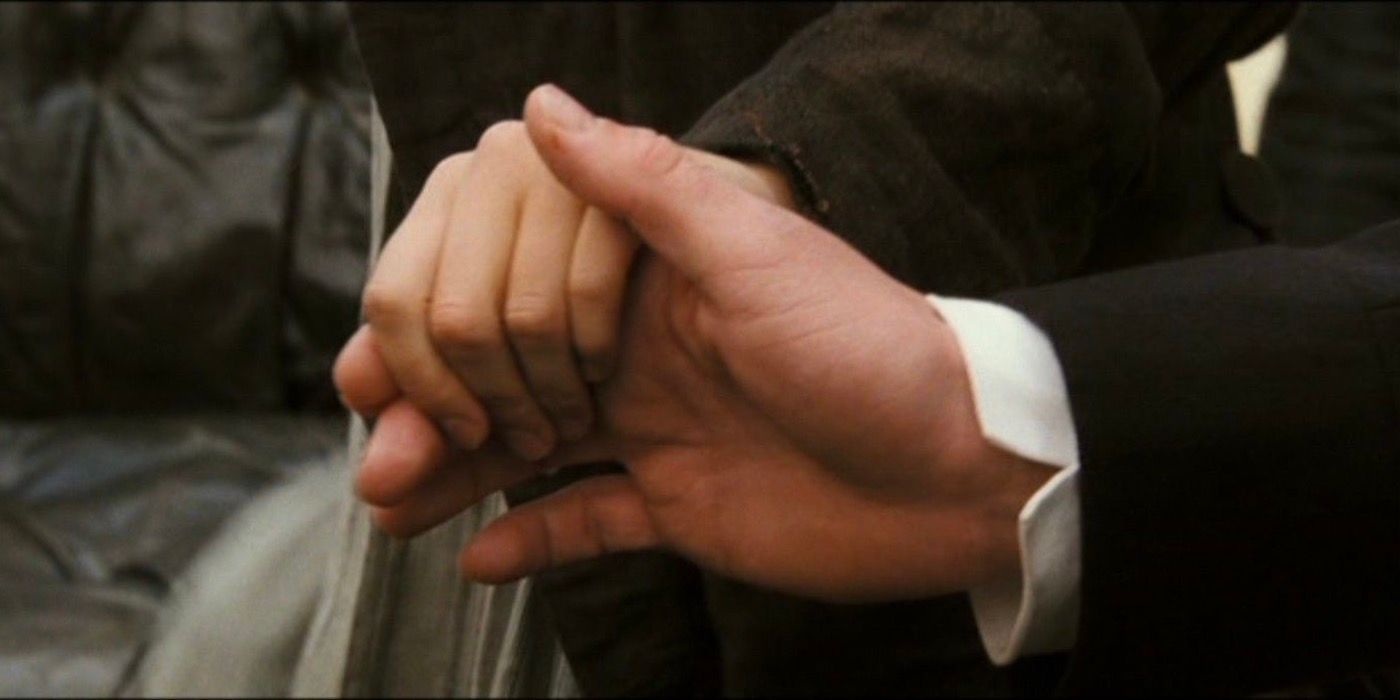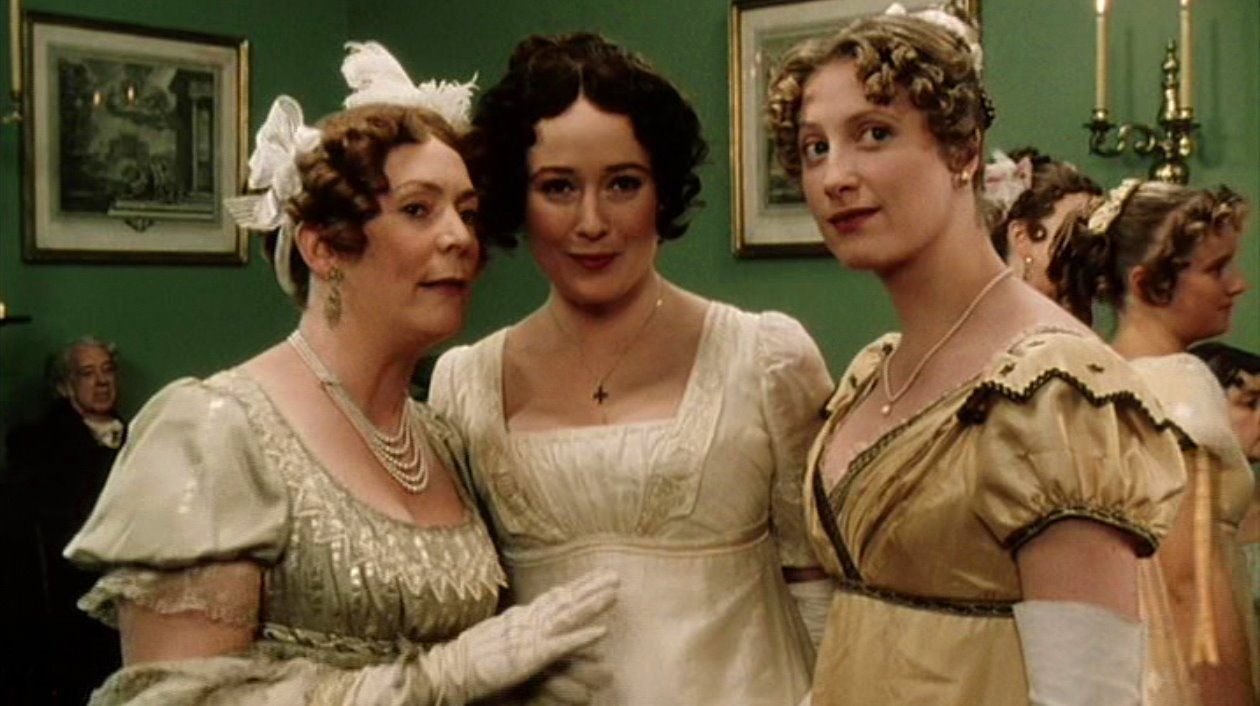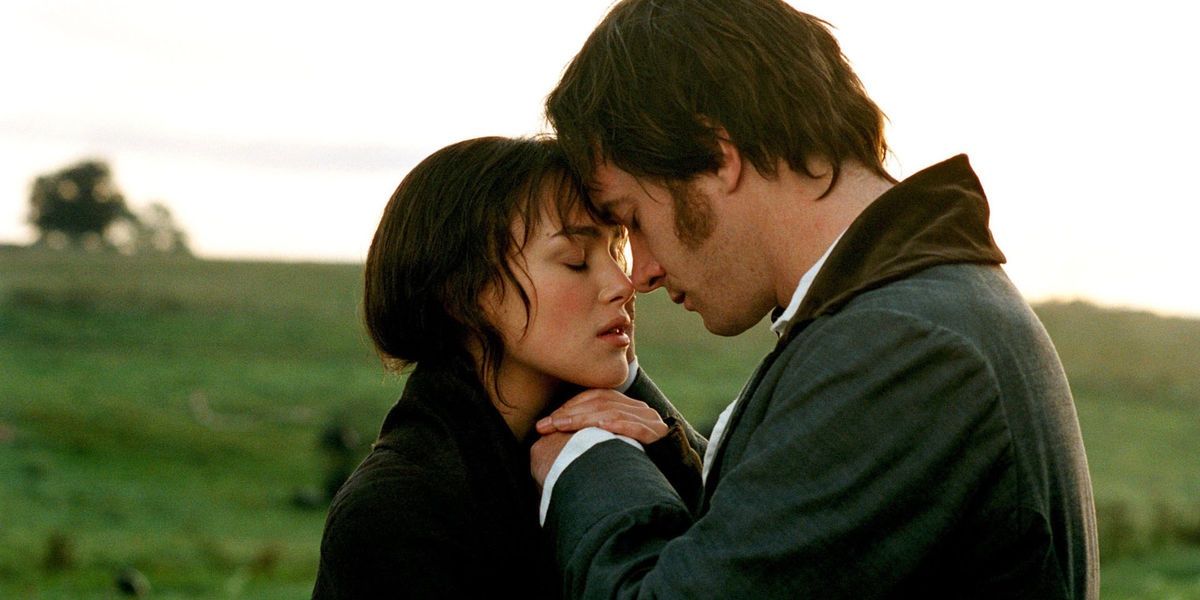Literary to film adaptations evoke strong emotions from fans. Whether characters or scenes get cut, rarely is a reader totally happy with what they see on screen. Jane Austen’s Pride and Prejudice has had at least nine adaptations over the years, some more successful than others. The 1995 BBC miniseries, starring Jennifer Ehle and Colin Firth, and the 2005 film, which featured Matthew Macfadyen (who was recently cast in Deadpool 3) and Star Wars‘ Keira Knightly, are easily the most popular. The two are, arguably, exceptions to the adaptations rule. However, things get ugly when one asks, “Which Pride and Prejudice is the better version?”
The 1995 six-episode BBC Pride and Prejudice miniseries is famed for remaining true to Jane Austen’s novel. With over five hours, the miniseries has time to world-build and dwell on every detail and plot point. On the other hand, the 2005 version condenses the story into an epic, soaring romance, faithful to Austen’s idea. While Joe Wright’s strength is visual storytelling — as noted in his most recent film Cyrano — the 1995 miniseries faithfully renders Austen’s novel, but does that make it the better version of Pride and Prejudice?
Who Is the Better Elizabeth Bennet: Keira Knightley or Jennifer Ehle?
The story’s protagonist, Elizabeth Bennet, is the crux of Pride and Prejudice. She is a delightfully flawed woman whose likability makes readers and watchers identify with her. Critics and audiences alike applauded both Jennifer Ehle and Keira Knightley for their respective portrayals of Lizzie, but Knightley’s performance has often come under more scrutiny.
Fans have argued that Knightley’s 2005 performance not only comes too close to her roles in other period pieces but is also too modern. She is too feisty and rebellious, too similar to a woman written today compared to Austen’s Lizzie, who, although witty, is still polite. Ehle’s performance in 1995 benefits from subtlety because her character has more time to grow and change. She had scenes where she leaned into nuance because the scene didn’t hang on her to move the story forward, and because of this, her love story with Mr. Darcy is given more time as her feelings change for him. Unfortunately, Knightley’s Lizzie loses out for the same reason her adaptation does. With less time, there is less chance for subtlety.
Colin Firth in a Lake vs. Matthew Macfadyen’s Hand Flex
Looking back at these adaptations decades later, it’s quite easy to point out the most famous scene from each movie. In BBC’s Pride and Prejudice, Colin Firth’s Mr. Darcy plunges into a lake and walks out clad in white soaking clothes to the shock of Ehle’s Elizabeth Bennet and the enjoyment of millions of women as an infamous scene at the height of “Darcymania.” The most memorable scene in the 2005 film has had a renaissance with social media’s newfound interest in the “female gaze.” After Matthew Macfadyen’s Darcy helps Knightley’s Elizabeth into the carriage, he turns from her and flexes his hand showing his attraction to her.
While both scenes are squarely in the female gaze as Jane Austen would have wanted, Macfayden and Knightley’s interaction in the scene is much more impactful to the story. It is important to note that neither of these scenes is in Jane Austen’s novels, and since that is the case, how important is it to actually remain faithful to the text?
Which Pride and Prejudice Is More Historically Accurate?
As is standard with BBC’s literary adaptations, 1995’s Pride and Prejudice takes care of its historical accuracy in Regency-era life, including clothes, events, manners, etc. Joe Wright’s depiction of the Bennets’ current economic status has often been brought up as an indictment of the film and an inability to be faithful to the source material. In order to create a more stylized film and streamline the audience’s understanding of the Bennets’ financial situation, there are pigs in the house, and the Bennet girls’ clothes are much too plain and out of fashion for the daughters of a gentleman. In a novel not only about the central romance but also about the politics of the day, historical accuracy for fans of the book is essential, so the 1995 version wins in this respect.
Pride and Prejudice Movie vs. Series: Which Is Better?
Both versions have created generations of fans, but all things considered, the 1995 miniseries does a better job of adapting this literary classic for the screen. However, the excitement and raw emotion captured by Joe Wright make the film fun. It doesn’t take itself too seriously, so it’s not bogged down in every detail and dialogue of the novel. For people who haven’t read the book, the film is the better onscreen adaptation of Pride and Prejudice.





